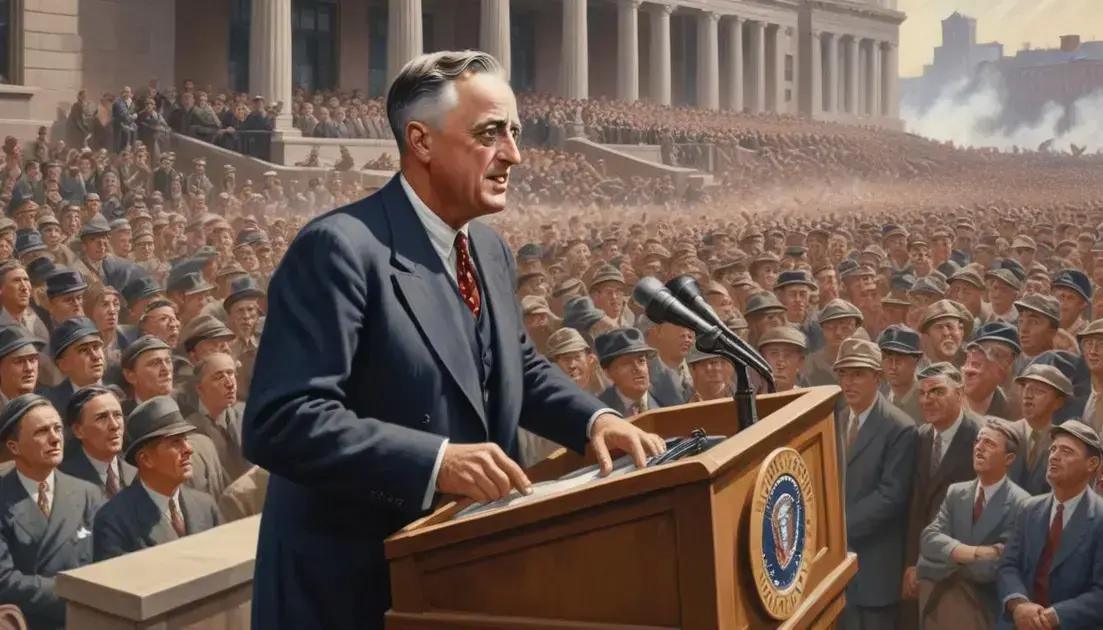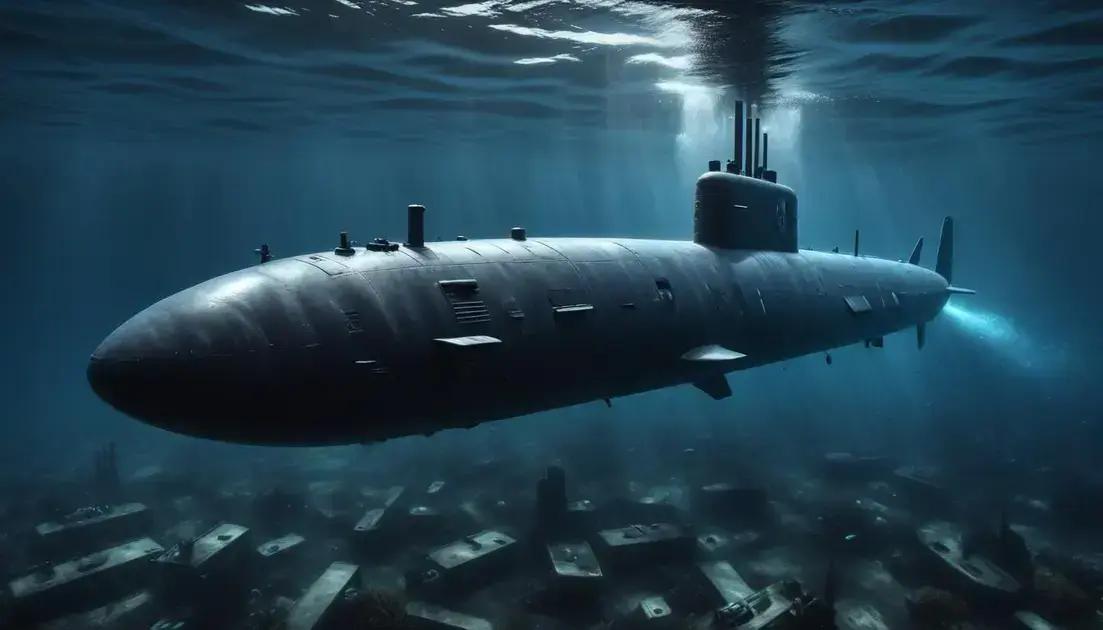
Russian Civil War: The Conflict that Consolidated the Soviet Union
The Russian Civil War, which lasted from 1917 to 1922, was a pivotal conflict between the Bolshevik Red Army and the opposing White Army. This war not only reshaped the political landscape of Russia but also led to the creation of the Soviet Union. Major lessons from the conflict include the importance of unity, effective propaganda, and the consequences of violence. The civil war’s impact on society, government, and the economy reveals the lasting effects of such conflicts on nations and their people.
The Russian Civil War was a pivotal moment in world history that not only shaped a nation but also transformed global politics. Want to know how this brutal conflict unfolded? Let’s dive in!
Overview of the Russian Civil War
The Russian Civil War took place from 1917 to 1922, following the Russian Revolution. This war was mainly between two groups: the Red Army, which supported the Bolsheviks, and the White Army, which opposed them. It was a brutal conflict that resulted in millions of deaths.
Many factors led to the war. One major issue was the struggle for power after Tsar Nicholas II was overthrown. The Bolsheviks wanted to create a socialist state, while the White forces aimed to restore the old regime or establish a new government.
Throughout the war, several nations became involved. Countries like Britain, France, and the United States supported the White Army, hoping to stop the spread of communism.
The war was not just a fight between armies. It involved various social classes, including peasants, workers, and the bourgeoisie. Each group had different interests and goals, which added to the chaos.
The Red Army, led by Leon Trotsky, eventually gained the upper hand. They had strong leadership and better organization. The Bolsheviks also used propaganda effectively to rally support.
The outcome of the civil war changed Russia forever. It led to the establishment of the Soviet Union in 1922, marking the beginning of a new political era. The war taught many lessons about power struggles, ideology, and the consequences of conflict.
Key Players and Factions
During the Russian Civil War, several key players and factions shaped the conflict. Understanding these groups is crucial to grasping what happened during the war.
The main faction was the Red Army, led by the Bolsheviks. They supported the ideas of Karl Marx and wanted to create a communist state. Leon Trotsky played a significant role as a leader of the Red Army. He helped organize their forces and strategies.
Opposing the Red Army was the White Army. This group was not unified like the Reds. It included various factions like monarchists, liberals, and even socialists. They wanted to restore the old order or establish a new government altogether.
Another important player was the Mensheviks, who were less radical than the Bolsheviks. They believed in a more gradual approach to socialism. Many Mensheviks joined forces with the Whites for a time, believing it was better to fight the Bolsheviks together.
Various nationalist movements also emerged during the civil war. These groups sought independence from Russia. This included Ukrainians, Poles, and others who wanted to establish their own nations. Their struggles added more complexity to the conflict.
The international community also got involved. Countries like Britain, France, and the United States supported the White Army, hoping to see a stop to communism’s spread. Their involvement influenced the war’s outcome and its global repercussions.
Impact on the Soviet Union
The Russian Civil War had a huge impact on the Soviet Union. It completely changed the country’s political landscape. After the civil war, the Bolsheviks established their rule. They created a one-party system that centralized power and controlled many aspects of life.
One major change was the creation of the Soviet Union in 1922. This new state was built on the ideas of communism. The government took control of industries and farms. Citizens were expected to work together for the common good, which was often enforced harshly.
The war also had social effects. Many people suffered greatly. Millions died, and families were torn apart. The chaos of war disrupted everyday life and led to food shortages. People had to adapt quickly just to survive.
Education and culture changed too. The Bolsheviks promoted the idea of equality. They aimed to eliminate barriers to education for all. However, they also censored art and literature. Only works that supported their views were allowed.
Internationally, the Soviet Union became a symbol of communism. This drew both supporters and opponents. The civil war made the Soviets see themselves as a leader for other communist movements worldwide. This would shape global relations for decades.
Economically, the war devastated the country. Infrastructure was damaged, and the economy struggled. To recover, the Bolsheviks implemented the New Economic Policy (NEP). This policy allowed some private businesses and introduced incentives for farmers. It marked a shift from strict communism to a more mixed economy.
Lessons from the Conflict
The Russian Civil War taught several important lessons about conflict, power, and society. Understanding these lessons helps us reflect on the past and inform the future.
One key lesson is the importance of unity. The Red Army succeeded partly because they had a clear goal: to establish a communist state. In contrast, the White Army lacked a unified vision. Different factions had different aims. Without a shared purpose, they struggled to coordinate and fight effectively.
Another lesson is the power of propaganda. The Bolsheviks cleverly used propaganda to rally support. They framed the civil war as a struggle for the people against oppressive forces. This messaging helped them gain loyalty and morale among supporters.
Additionally, the conflict showed how wars can change societies. The Russian Civil War transformed social structures and expectations. It reshaped the role of the government in people’s lives. The newly formed Soviet Union focused on collective ownership and community responsibility.
Moreover, the war highlighted the consequences of violence. Millions lost their lives during the conflict. Families were torn apart, and communities were devastated. It’s a reminder of the human cost of war and the pain it brings.
The civil war also illustrated the complexity of political movements. No single group held all the answers. Different ideologies clashed, leading to diverse outcomes. This complexity is often present in modern political struggles too.
Lastly, the aftermath of the war emphasized the need for economic recovery. The new government had to address severe damages. Programs like the New Economic Policy (NEP) were necessary to revive the economy. Adaptation and flexibility were crucial in moving forward.
Conclusion
In conclusion, the Russian Civil War teaches us valuable lessons about unity, leadership, and the impact of conflict. It reminds us how important it is for groups to have a clear goal. The success of the Red Army shows what can happen when people come together for a common cause.
The use of propaganda highlights the power of messaging. It can shape opinions and rally support, which is important for any movement. Additionally, the war’s impact on society demonstrates how conflicts can change lives and the role of government.
We also see the tragic cost of violence. Millions suffered, and it reminds us of the painful consequences of war. Understanding these lessons from the Russian Civil War helps us reflect on similar struggles today. Ultimately, history shows us the need for cooperation, clear communication, and the importance of learning from the past.


